Upcoming Public Meetings in Albuquerque (3/18 and 3/27) and Santa Fe (3/31) about WIPP)
Runs 3/7/14 through 3/14/14
(THEME UP AND UNDER) This is the CCNS News Update, an overview of the latest nuclear safety issues, brought to you every week by Concerned Citizens for Nuclear Safety. Here is this week’s top headline:
· Upcoming Public Meetings in Albuquerque and Santa Fe about WIPP
Southwest Research and Information Center, Citizens for Alternatives to Radioactive Dumping, Concerned Citizens for Nuclear Safety, and Nuclear Watch New Mexico will be sponsoring three public information meetings in both Albuquerque and Santa Fe about the recent fire and plutonium release at the Waste Isolation Pilot Plant (WIPP) and how to get involved. Public input into the decision-making processes is essential now. Updated information about the serious accidents as well as proposals to expand WIPP’s mission will be presented.
The first public information meeting will take place in Albuquerque on Tuesday, March 18th from 5:30 to 7:30 pm at the SouthWest Organizing Project (SWOP) office, located at 10th and Gold, Southwest. The second meeting in Albuquerque will take place on Thursday, March 27th from 6 to 8 pm at the Albuquerque Peace and Justice Center, located at 202 Harvard, Southeast. A complementary dinner will be available at both meetings. Don Hancock, of Southwest Research and Information Center, will present the latest information, along with Rey Garduño and Lucille Cordova.
The third meeting will take place in Santa Fe on Monday, March 31st from 5:30 to 7 pm at the Santa Fe Community Foundation, located at Paseo de Peralta and Halcona Street. Don Hancock and Scott Kovac, of Nuclear Watch New Mexico, will present.
There are several proposals to expand the mission of WIPP beyond its current mission to dispose of plutonium-contaminated waste generated by the nuclear weapons complex. WIPP is a deep geologic “pilot” plant to demonstrate the safe disposal of transuranic radioactive and hazardous wastes in salt. It opened on March 26, 1999 after decades of public opposition about the safety of the facility. Plutonium is carcinogenic and even in the smallest amount is dangerous if inhaled or ingested.
The salt-hauling vehicle that was involved in the February 5th fire was being used to remove salt from an experimental area being developed for “heater tests” to determine if high-level radioactive waste could be disposed of at WIPP.
There are current five proposals on the table to expand WIPP’s mission and three proposals to reduce safety requirements. The expansion proposals would bring wastes that are currently not allowed for disposal. They are high-level waste generated by the nuclear reactors at the Hanford site in Washington state; commercial high-level waste from the West Valley site in New York; surplus plutonium from Department of Energy sites; elemental mercury from industrial sites; and high-activity low-level radioactive waste, called Greater-than-Class C waste, generated by government and commercial activities.
Proposals to reduce safety requirements include lessening monitoring of volatile organic compounds, less robust room closures, and reconfiguration of the waste rooms.
This has been the CCNS News Update. For more information and to make a tax-deductible contribution, please visit our website at http://www.nuclearactive.org.



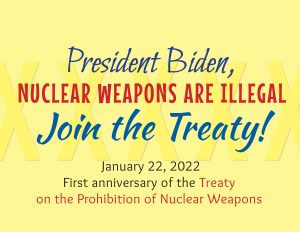
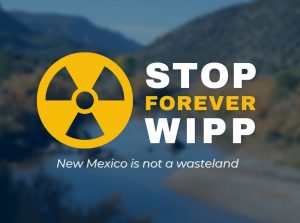






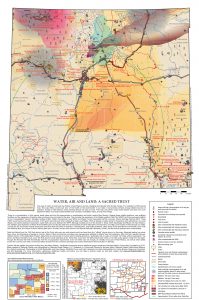
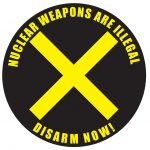
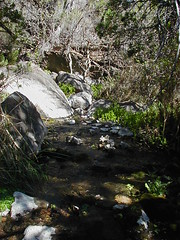

Comments
No comments so far.